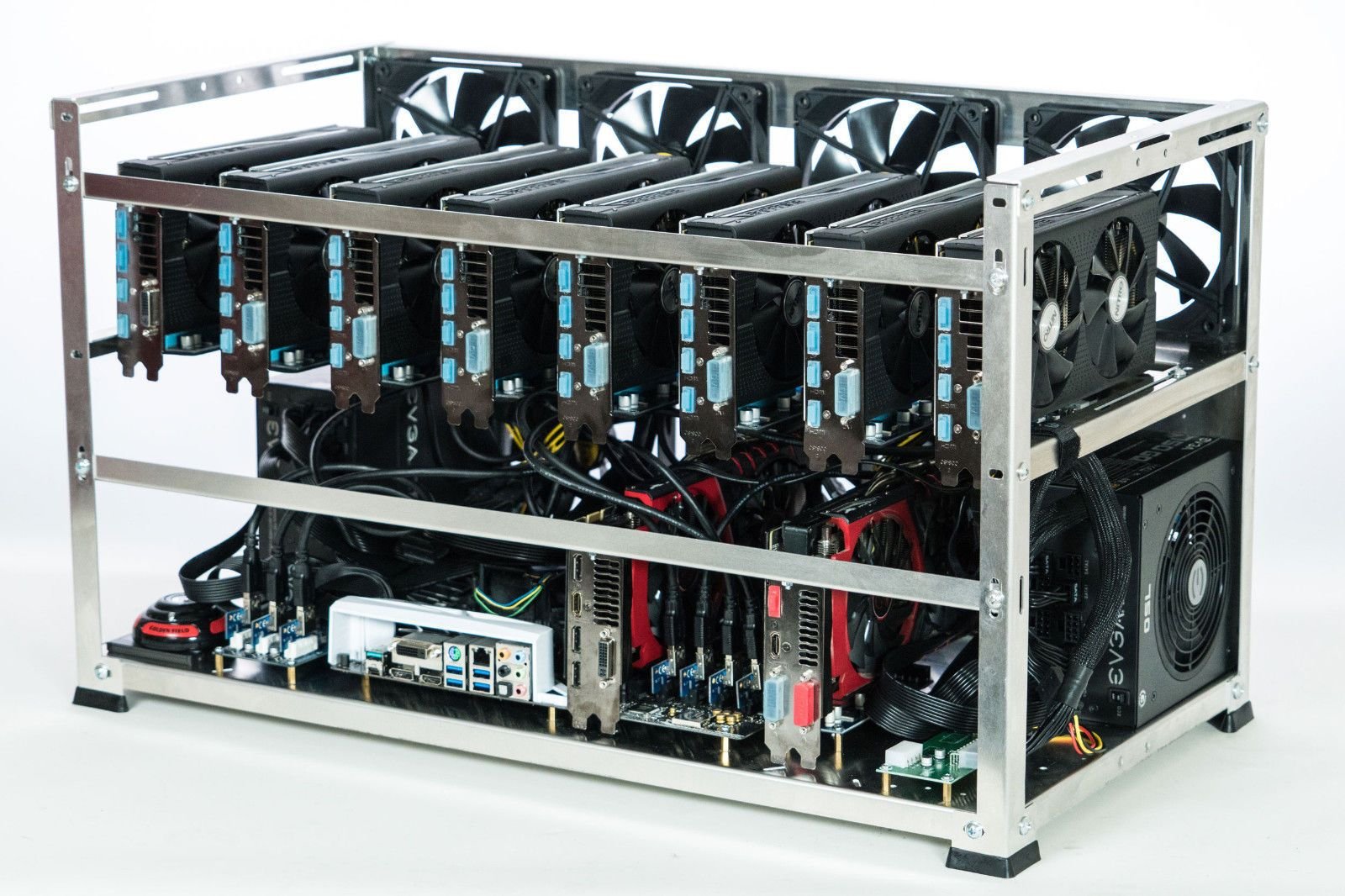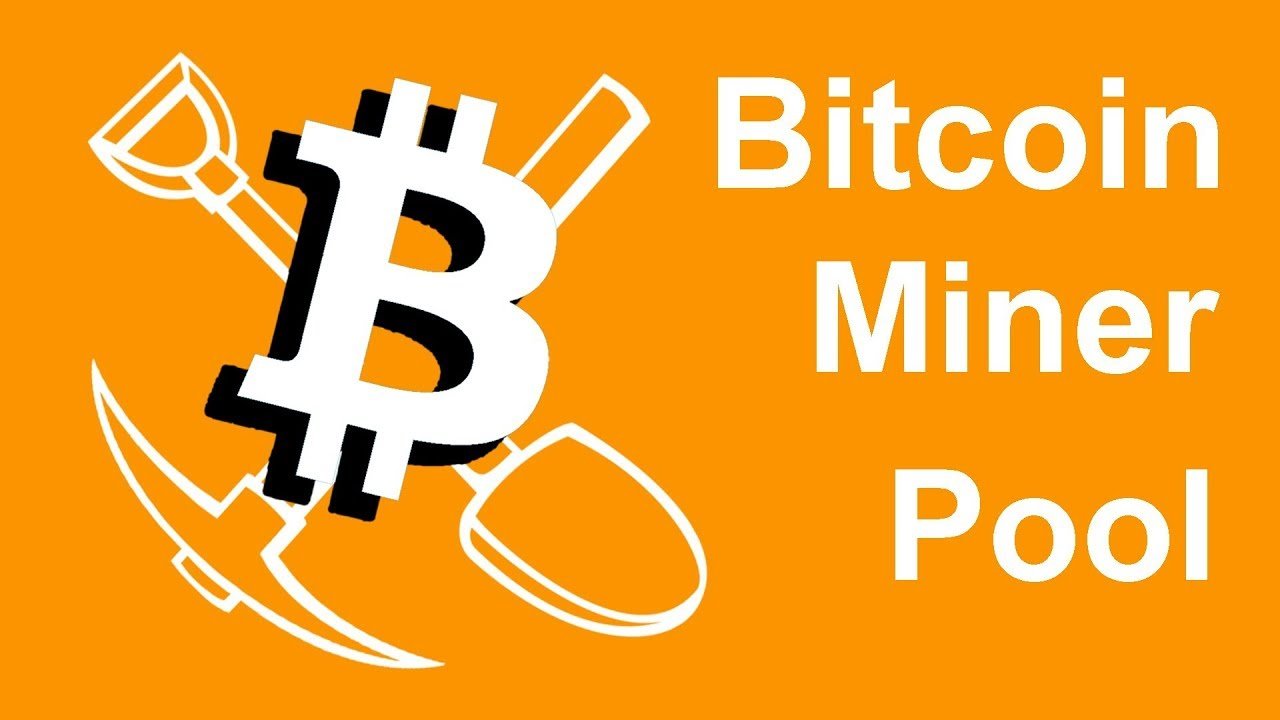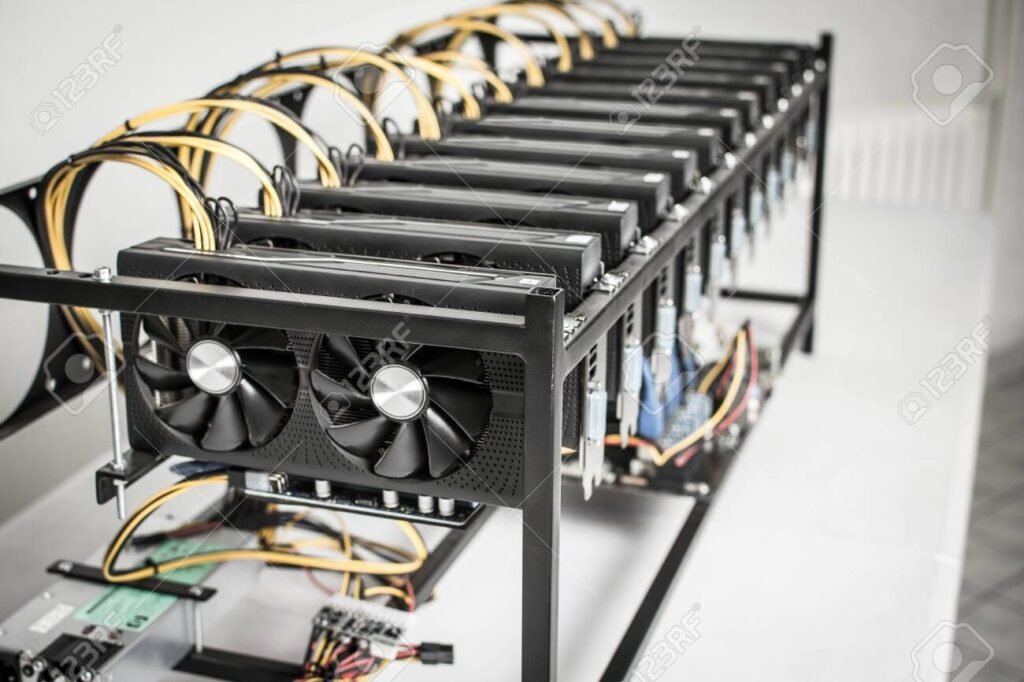Starting your cryptocurrency journey with a proper bitcoin mining rig setup guide can be the difference between profitable mining and costly mistakes. Whether you’re a complete beginner or looking to upgrade your current setup, this comprehensive guide will walk you through every step of building and optimizing your mining operation.itcoin mining rig setup guide
In today’s competitive mining landscape, having the right equipment, configuration, and knowledge is crucial for success. This bitcoin mining rig setup guide covers everything from selecting the best hardware to optimizing your rig for maximum profitability. We’ll explore the technical requirements, cost considerations, and practical tips that experienced miners use to stay ahead of the competition.
By the end of this guide, you’ll have the knowledge and confidence to build a mining rig that can generate consistent returns while avoiding common pitfalls that trap many newcomers to the cryptocurrency mining world.itcoin mining rig setup guide
What is a Bitcoin Mining Rig?
A bitcoin mining rig is a specialized computer system designed specifically for mining cryptocurrencies. Unlike regular computers, mining rigs are built with powerful graphics cards (GPUs) or Application-Specific Integrated Circuits (ASICs) that can perform the complex mathematical calculations required for blockchain validation.
Modern mining rigs consist of several key components working together: a motherboard that supports multiple GPUs, a powerful enough power supply unit (PSU), adequate cooling systems, and mining software that coordinates the entire operation. The goal is to create a system that can operate 24/7 while maintaining optimal performance and energy efficiency.
The profitability of your mining operation depends heavily on your rig’s hash rate, energy consumption, and the current market conditions. A well-configured rig can generate passive income, but it requires careful planning and ongoing maintenance to remain profitable.
Essential Components for Your Bitcoin Mining Rig Setup Guide
Motherboard Selection
The motherboard serves as the foundation of your mining rig. Look for motherboards that support multiple PCIe slots, preferably 6-8 slots for maximum GPU capacity. Popular choices include the ASUS B250 Mining Expert and MSI Z390-A PRO, which offer excellent stability and expandability for mining operations.

Your motherboard choice directly impacts your rig’s scalability and future upgrade potential. Ensure the motherboard supports the latest CPU sockets and has sufficient power connectors for your planned configuration.
Graphics Cards (GPUs)
Graphics cards are the workhorses of your mining operation. Popular options include the NVIDIA RTX 4090, RTX 4080, and AMD RX 7900 XTX. Each GPU has different hash rates, power consumption levels, and price points that affect your overall profitability.
Consider factors like memory size, cooling efficiency, and manufacturer warranty when selecting GPUs. Higher-end cards typically offer better performance but come with increased upfront costs and power requirements.
Power Supply Unit (PSU)
A reliable PSU is critical for stable mining operations. Calculate your total power consumption and add a 20% buffer for safety. Modular PSUs with 80+ Gold or Platinum efficiency ratings are recommended for their reliability and energy savings.
Never underestimate your power requirements. An inadequate PSU can cause system instability, hardware damage, and reduced mining efficiency.
Cooling Systems
Proper cooling prevents thermal throttling and extends hardware lifespan. Implement a combination of case fans, CPU coolers, and potentially liquid cooling solutions for high-performance setups. Maintain ambient temperatures below 80°C for optimal performance.
Storage and Memory
A simple SSD with 120GB capacity is sufficient for most mining operations. 8GB of RAM is typically adequate, though 16GB provides better stability for complex mining software configurations.
Step-by-Step Bitcoin Mining Rig Setup Process
Planning and Preparation
Before purchasing components, calculate your expected return on investment (ROI) using mining profitability calculators. Consider factors like electricity costs, hardware depreciation, and cryptocurrency market volatility.
Create a detailed budget that includes all components, peripherals, and ongoing operational costs. This planning phase prevents costly mistakes and ensures your mining operation starts on solid financial ground.
Hardware Assembly
Begin by installing the motherboard in your mining frame or case. Connect the CPU, RAM, and storage devices following standard computer assembly procedures. Install GPUs in available PCIe slots, ensuring adequate spacing for airflow.
Connect power cables systematically, starting with the motherboard’s main power connector, then CPU power, and finally GPU power connectors. Double-check all connections before powering on the system.
Software Installation and Configuration
Install your chosen operating system (Windows 10/11 or Linux-based mining OS). Update all drivers, particularly GPU drivers, to ensure optimal performance and compatibility with mining software.
Configure mining software such as NiceHash, Claymore, or PhoenixMiner. Set up your mining pool connections, wallet addresses, and optimization parameters based on your hardware configuration.
Optimizing Your Mining Rig for Maximum Profitability
Power Consumption Management
Monitor your rig’s power consumption using software tools or hardware meters. Adjust GPU power limits, memory clocks, and core clocks to find the optimal balance between hash rate and energy efficiency.
Undervolting your GPUs can significantly reduce power consumption while maintaining acceptable hash rates. This technique extends hardware lifespan and improves overall profitability.
Thermal Management
Implement a comprehensive cooling strategy that includes ambient temperature control, airflow optimization, and component-specific cooling solutions. Regular thermal paste replacement and dust removal maintain optimal temperatures.
Monitor temperatures continuously using software like MSI Afterburner or GPU-Z. Set temperature alerts to prevent thermal damage during extended mining sessions.
Mining Pool Selection
Choose reputable mining pools with low fees, reliable payouts, and good geographic distribution. Popular options include Slush Pool, F2Pool, and Antpool, each offering different fee structures and payout methods.

Consider pool size, payout frequency, and user interface quality when making your selection. Larger pools offer more consistent payouts but may have higher fees. Advanced Configuration and Troubleshooting
Overclocking Techniques
Safely overclock your GPUs by gradually increasing memory and core clock speeds while monitoring stability and temperatures. Start with conservative increases and stress-test your system thoroughly.
Document your optimal settings for each GPU, as different cards may require unique configurations for maximum efficiency.itcoin mining rig setup guide.
Common Issues and Solutions
Address common problems like driver conflicts, thermal throttling, and power supply inadequacy. Maintain spare components for critical parts to minimize downtime during hardware failures.
Create system restore points and backup configurations to quickly recover from software issues or corrupted settings.
Monitoring and Maintenance
Implement comprehensive monitoring solutions that track hash rates, temperatures, power consumption, and profitability metrics. Regular maintenance schedules prevent costly failures and ensure consistent performance.
Use remote monitoring tools to manage your rig from anywhere, allowing quick responses to issues and optimization opportunities.
Cost Analysis and ROI Calculations
Initial Investment Breakdown
Calculate total startup costs including hardware, infrastructure, cooling, and electrical work. Factor in permit costs, insurance, and potential facility modifications for larger operations.
Consider financing options and their impact on your overall profitability timeline. Some miners use equipment financing to reduce upfront costs while maintaining cash flow.
Ongoing Operational Expenses
Account for electricity costs, maintenance expenses, replacement parts, and potential downtime in your financial projections. Create detailed spreadsheets tracking all expenses and revenue streams.
Monitor electricity rates and consider time-of-use pricing if available in your area. Some miners relocate operations to regions with lower electricity costs.
Profitability Projections
Use mining calculators to estimate potential returns based on current difficulty levels and cryptocurrency prices. Factor in market volatility and potential regulatory changes affecting mining operations.
Consider diversifying your mining portfolio across multiple cryptocurrencies to reduce risk and potentially increase returns.
Conclusion
Building a successful mining operation requires careful planning, quality components, and ongoing optimization. This bitcoin mining rig setup guide provides the foundation for creating a profitable mining operation that can generate passive income for years to come.
Remember that cryptocurrency mining involves risks including market volatility, regulatory changes, and hardware failures. Stay informed about industry developments and continuously optimize your setup for maximum efficiency.
Ready to start your mining journey? Begin by researching current hardware prices and electricity costs in your area. Use this bitcoin mining rig setup guide as your roadmap to building a profitable mining operation that stands the test of time.

















